ALICE in
MOLLE Land
May 18th, 2022
6 minute read
My first ruck march as a soldier shouldn’t have been terribly grueling. If I recall correctly it was maybe eight miles, and we wrapped up just after dawn. The loadout was boots, a soft cap, 35 lbs.’ worth of cinder blocks in the rucksack, and a weapon. Easy peazy.
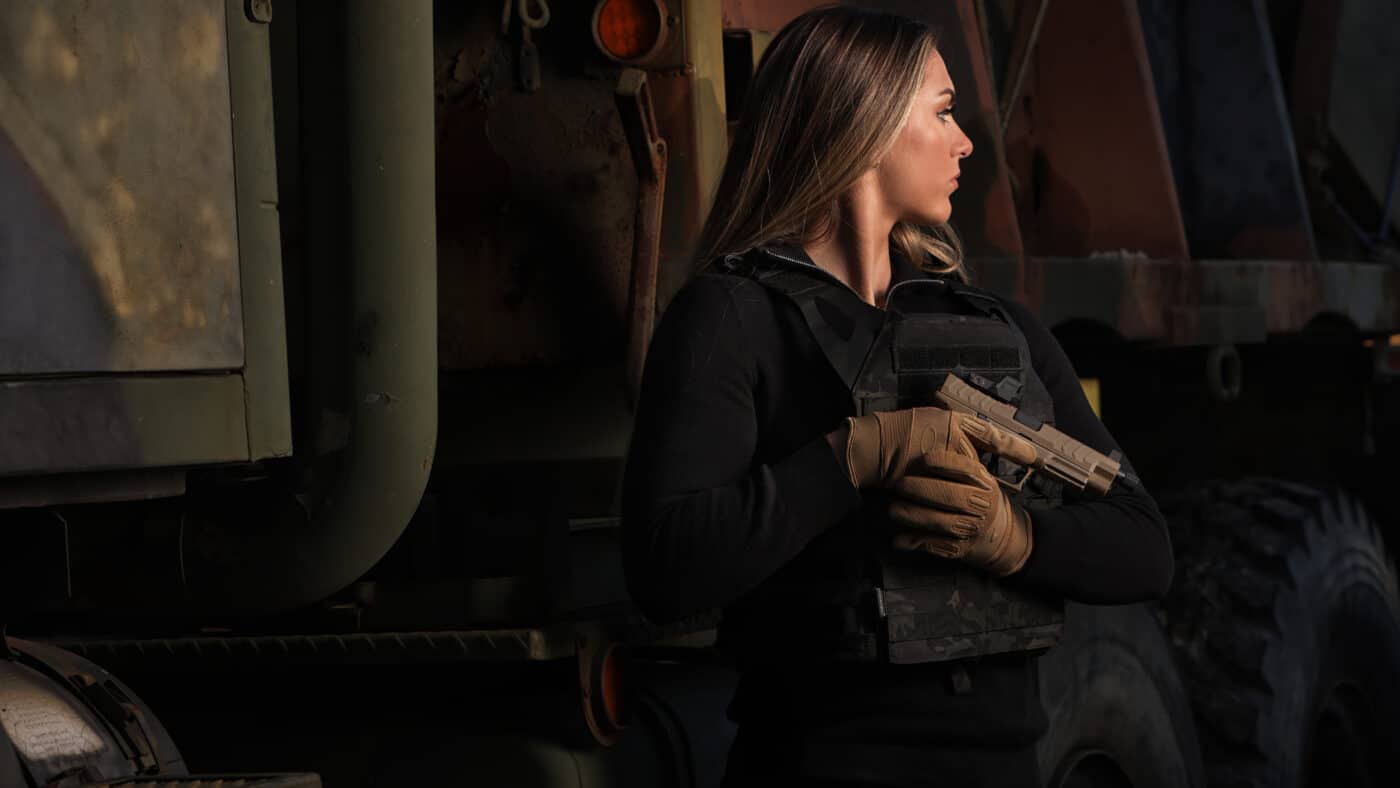
By the time I staggered across the finish line I thought I was dying. I had never hurt so bad. I dropped my rucksack to find two nickel-sized holes rubbed through my BDU shirt and blood running down both sides of my back. My ruck had been issued without a kidney pad, and I was too ignorant to realize it.

I was young, so I healed quickly. A trip to the Supply Sergeant got me a fresh ruck, this one with all the requisite accouterments. This was my rude introduction to my erstwhile buddy, ALICE.
Evolution in Action
ALICE was milspeak for All-Purpose Lightweight Individual Carrying Equipment. For its day, it was awesome. Introduced in January of 1973, ALICE replaced the canvas M-1956 Individual Load-Carrying Equipment and M-1967 Modernized Load-Carrying Equipment that served U.S. forces through the War in Vietnam.

ALICE gear was made from nylon rather than cotton and was subsequently much more robust in wet humid environments. Individual pouches attached via standardized slide fasteners. ALICE gear ably equipped U.S. forces for a quarter century.
What Is MOLLE?
MOLLE (Modular Lightweight Load-carrying Equipment) is pronounced “Molly” and first hit the streets in 1997. It didn’t see truly widespread use until after 911. The foundational bedrock of the MOLLE system is PALS. In a military simply intoxicated with acronyms, PALS stands for Pouch Attachment Ladder System. MOLLE is the overall system. PALS is the nylon webbing that makes it all work. Sometimes it is referred to as “MOLLE webbing”. Now some 25 years after its introduction, if all that PALS webbing suddenly disintegrated the entire American war machine would simply fall to pieces. That stuff is everywhere.
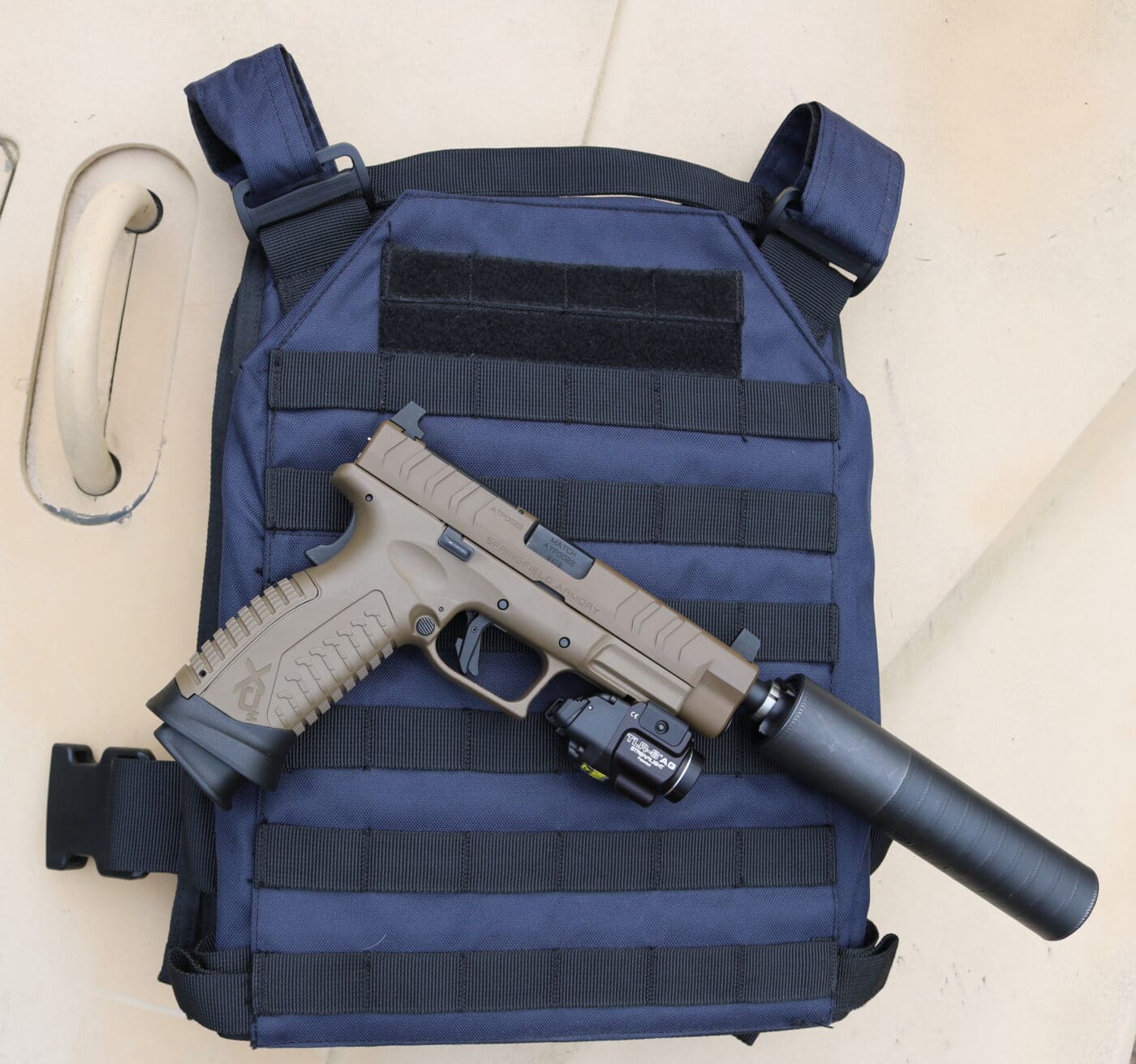
And for good reason. PALS webbing is the most inspired human invention since the flush toilet. Shocking in its simplicity, PALS is nothing more than a grid formed from 1” nylon webbing stitched at 1-inch intervals separated 1.5” apart. With this as a basis most any imaginable object can be attached to the human form.
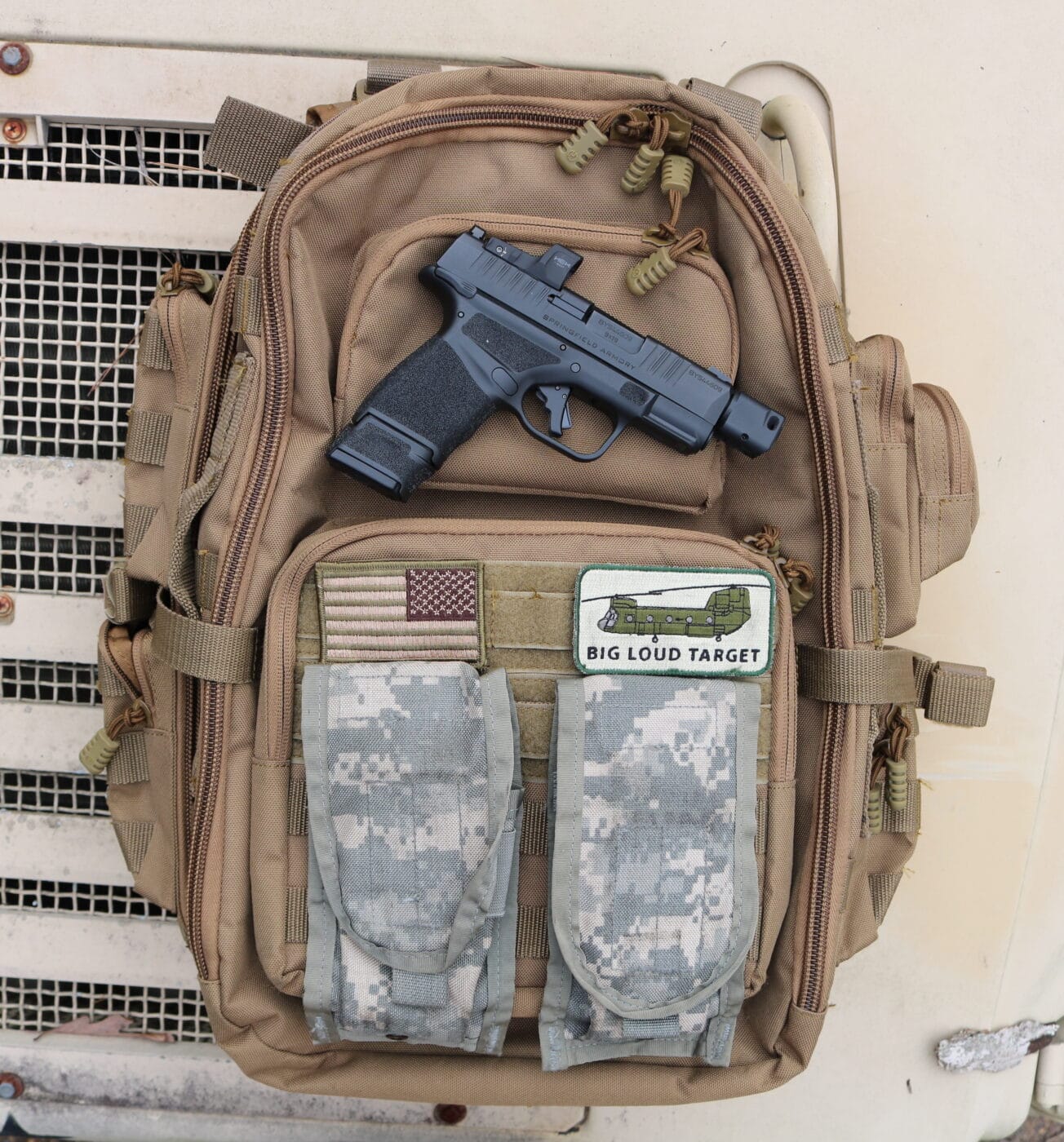
So much has changed since I wore the uniform back in the 80’s and 90’s. Back then we were all expected to be uniformly equipped and identically configured. Nowadays, modularity is the modern military gospel. Stuff is supposed to be flexible so it may be configured to optimally suit an individual and his or her mission. In my opinion it’s better now.
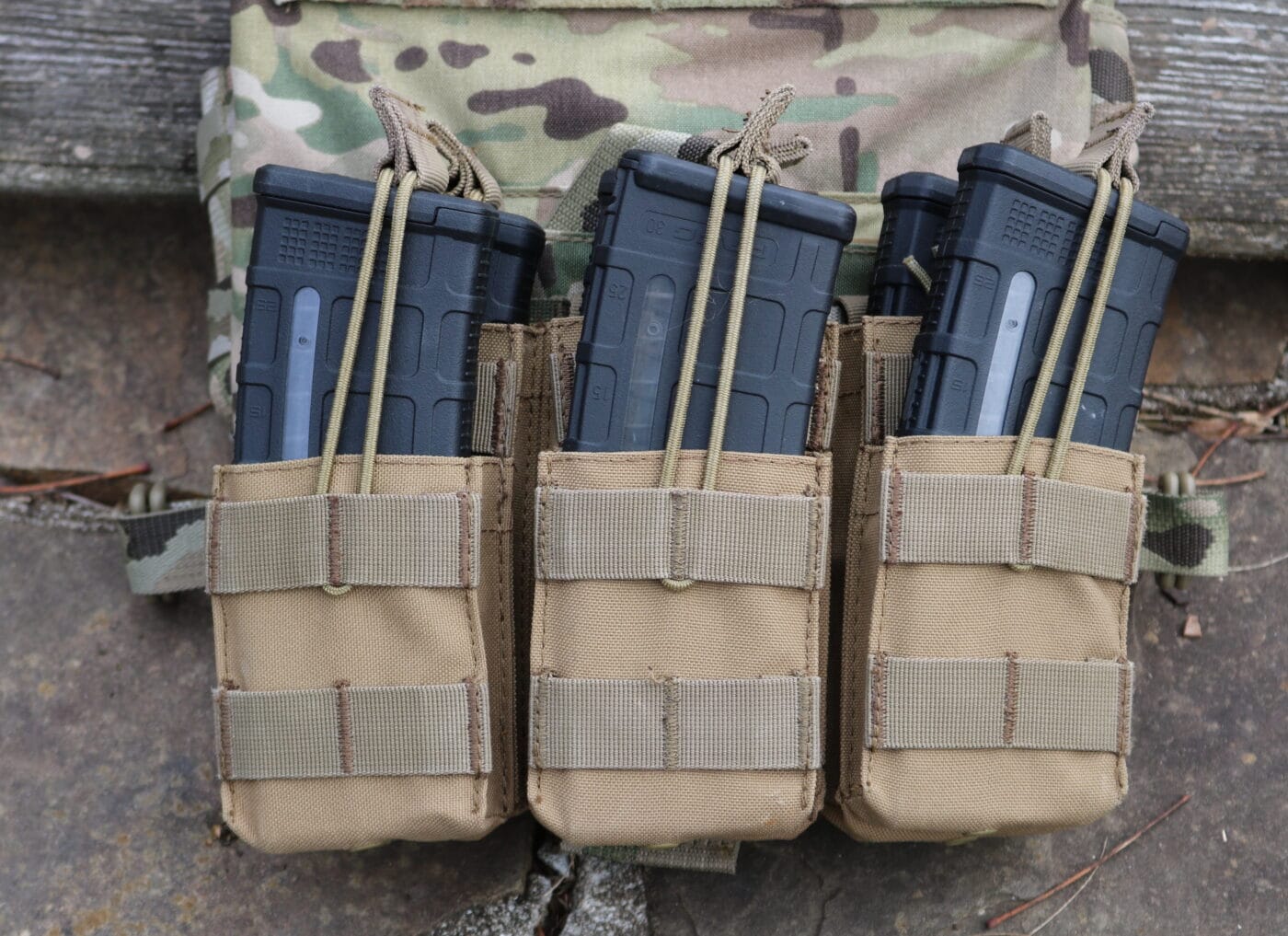
Forgive my taking this discussion to its illogical limits. MOLLE’s beating heart is the TAP that replaced the FLC that could be mounted on the IOTV or SPCS. Translating all that for normal folk, the Tactical Assault Panel replaced the Fighting Load Carrier that mounted on either the Improved Outer Tactical Vest or the Soldier Plate Carrier System. Once fully configured, this rig would pack up to eight STANAG 30-round M4 magazines and all the sundry crap necessary to keep a soldier blowing and going on the modern battlefield.
PALS webbing has found its way onto lots of applications other than MOLLE gear. The stuff bedecks civilian daypacks, range bags, survival vests, armor carriers and lots more. Military specifications for G.I.-issue PALS are extensive, expensive and precise. That found on many civilian products is not. However, there is usually enough play in the system to accommodate.
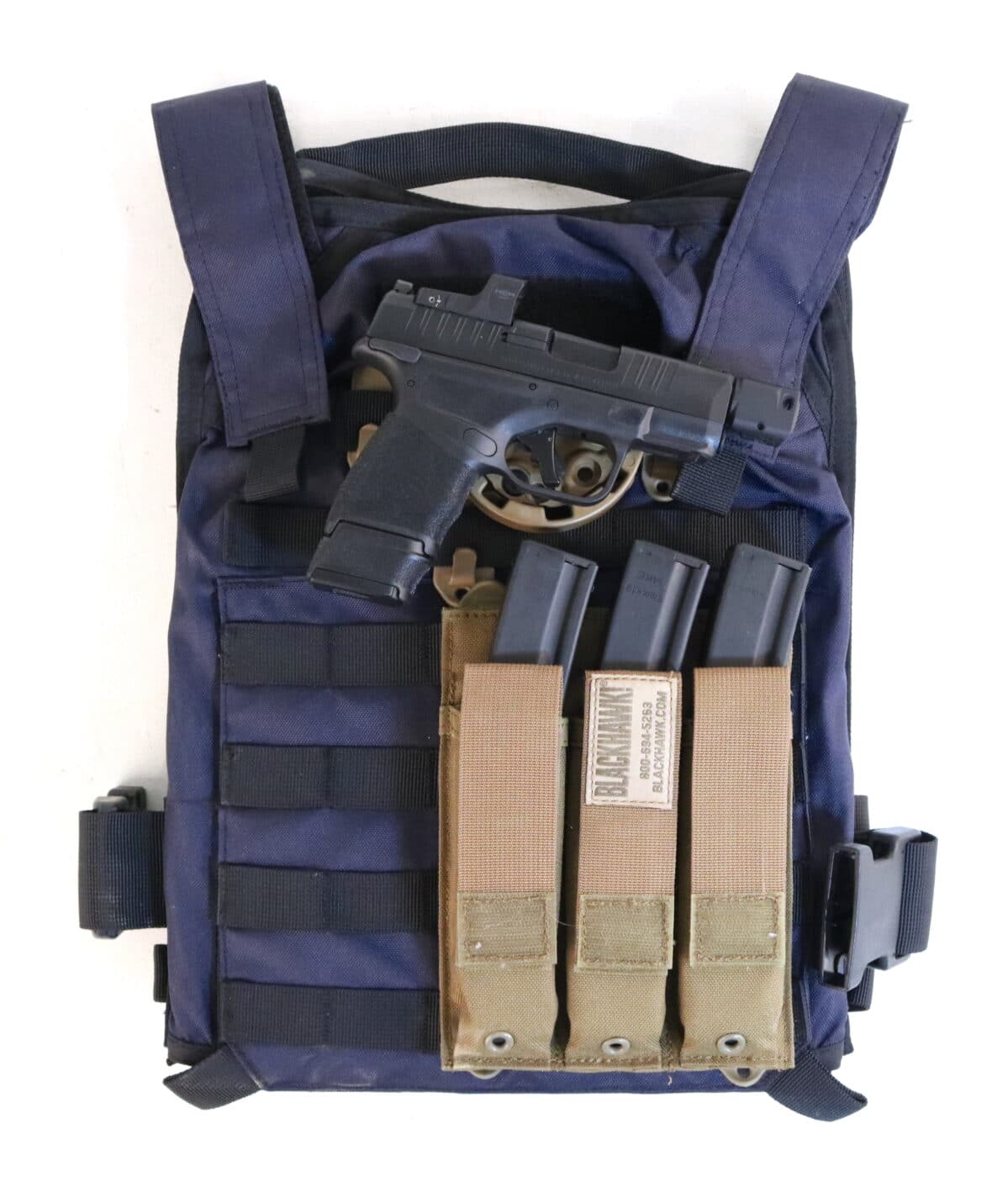
Pouches of literally every shape and size typically have their own PALS webbing on the back along with Natick button straps. This is simply a reinforced strip of nylon webbing with a pushbutton snap on the bottom. Similar commercial options include Blackhawk speed clips, MALICE straps, Maxpedition TacTie soft straps, and MOLLE LOK rigid straps and associated fasteners.
How Does MOLLE Work?
Like most things, there is a right way and a wrong way to use PALS webbing on MOLLE gear. If using MOLLE and PALS for the first time you will invariably be tempted to simply thread the button strap through the host PALS webbing, snap it in place, and call it good. However, Uncle Sam’s MOLLE Technical Manual clearly states that the right way to mount gear to your PALS webbing is to laboriously thread the button strap through the webbing on both the pouch and the host gear, snaking it back and forth until it can be snapped in place. That takes a minute, but thusly attached the pouch will remain firm and secure until the sun burns out.
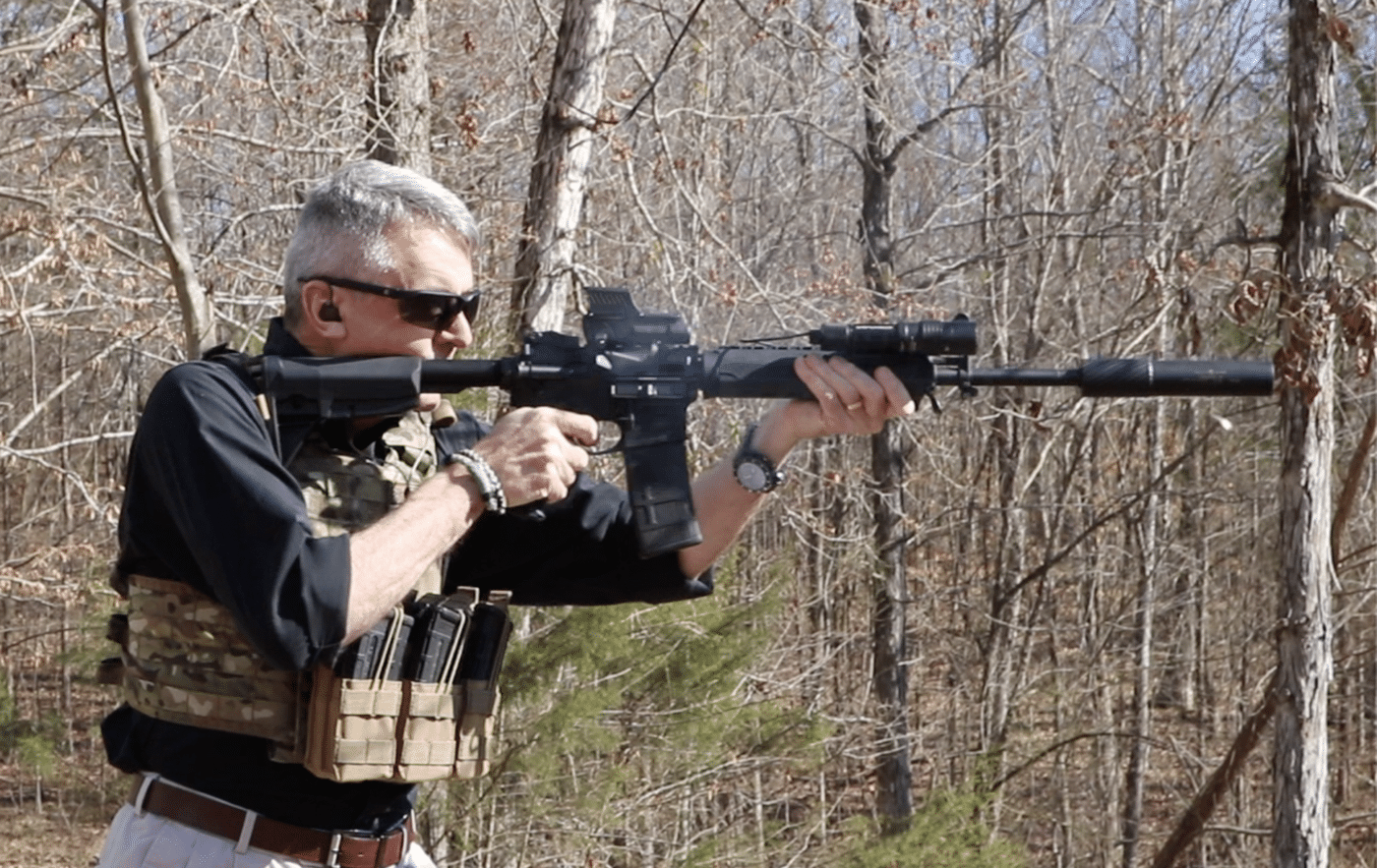
The end result is inimitably versatile while remaining rugged enough to go to war. MOLLE accommodates all shapes and sizes as well as all manner of tactical missions. Gear can be oriented and arranged for easy access according to the user’s specific proclivities and personality. Apparently, uniformity is not as big a deal these days as was once the case.
Ruminations on PALS, MOLLE and ALICE
The U.S. Army’s latest version of its modular carry gear is aptly christened “MOLLE II,” but it uses the same standard PALS webbing. Compatible commercial products can be based upon different strap designs, some of which include a hook-and-loop surface, as well as a laser-cut sheet of robust mounting material. All of it is compatible with PALS-standard gear.

All this stuff makes me feel old. ALICE was my first fling, and now MOLLE has stolen my heart. This cutting edge load-bearing gear incorporates more technology than the space shuttle, and it works like a champ. It is battle rattle for the Information Age.
Editor’s Note: Please be sure to check out The Armory Life Forum, where you can comment about our daily articles, as well as just talk guns and gear. Click the “Go To Forum Thread” link below to jump in!
Join the Discussion
Continue Reading
Did you enjoy this article?

 260
260








